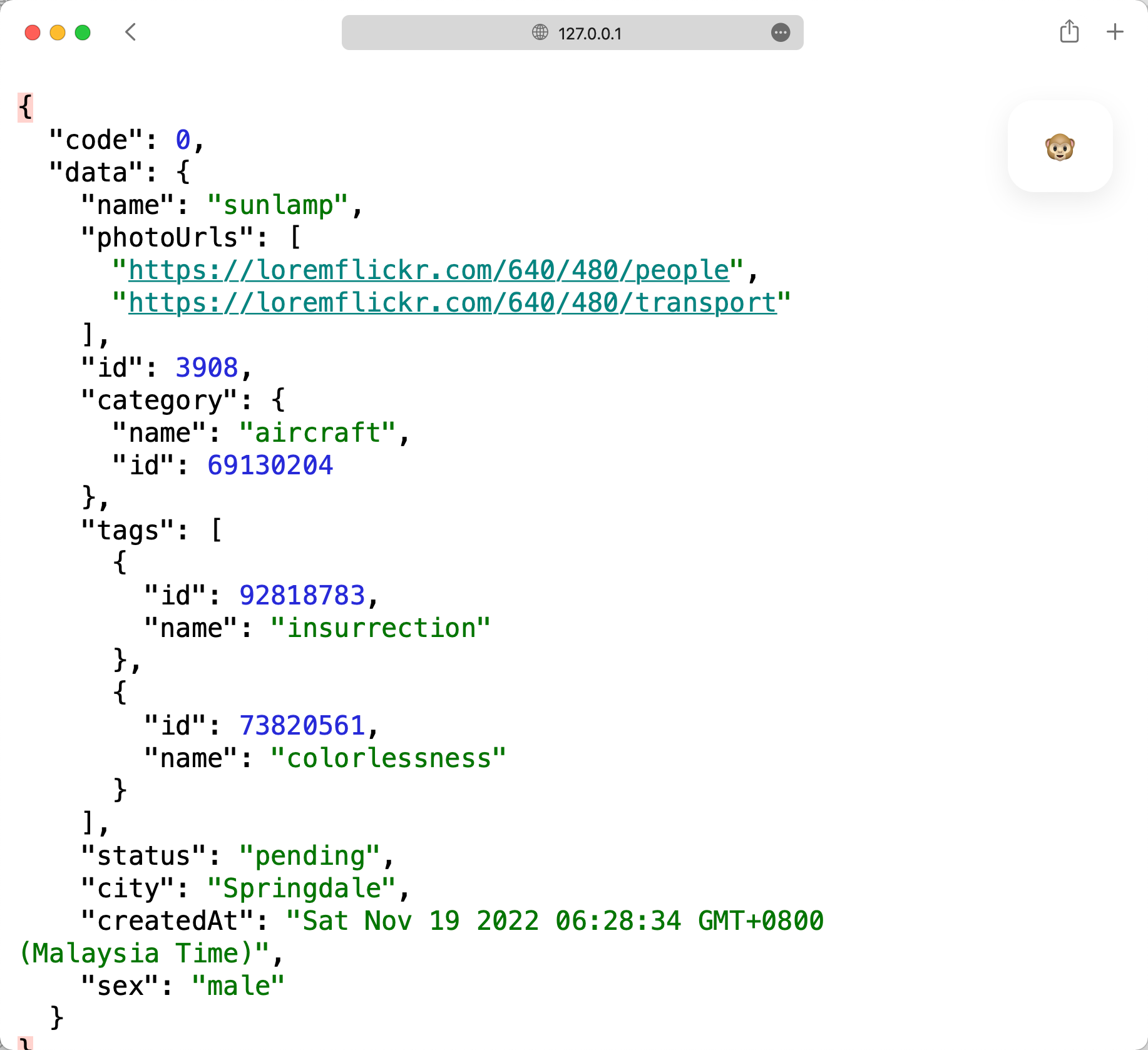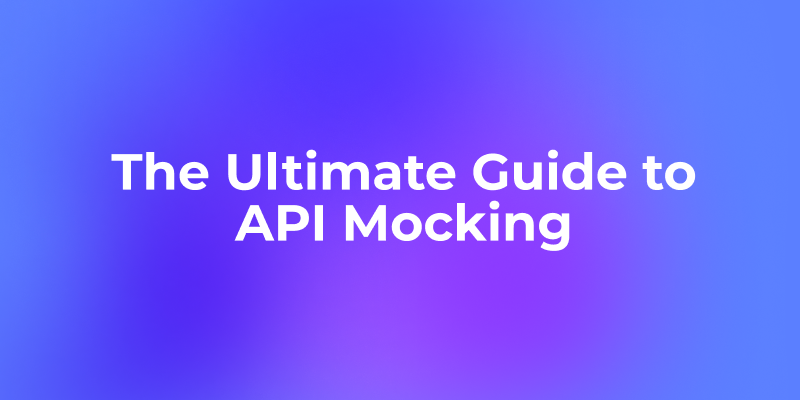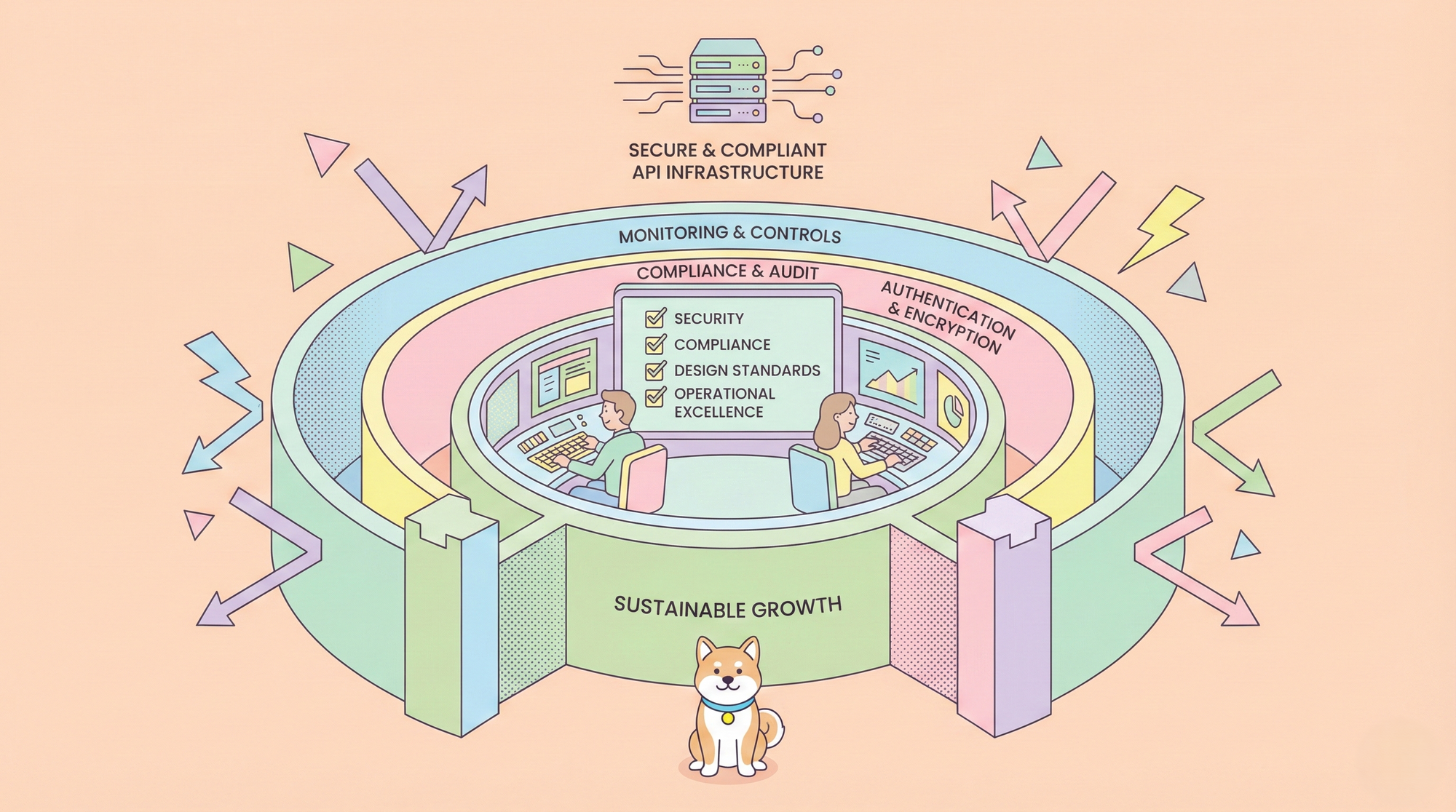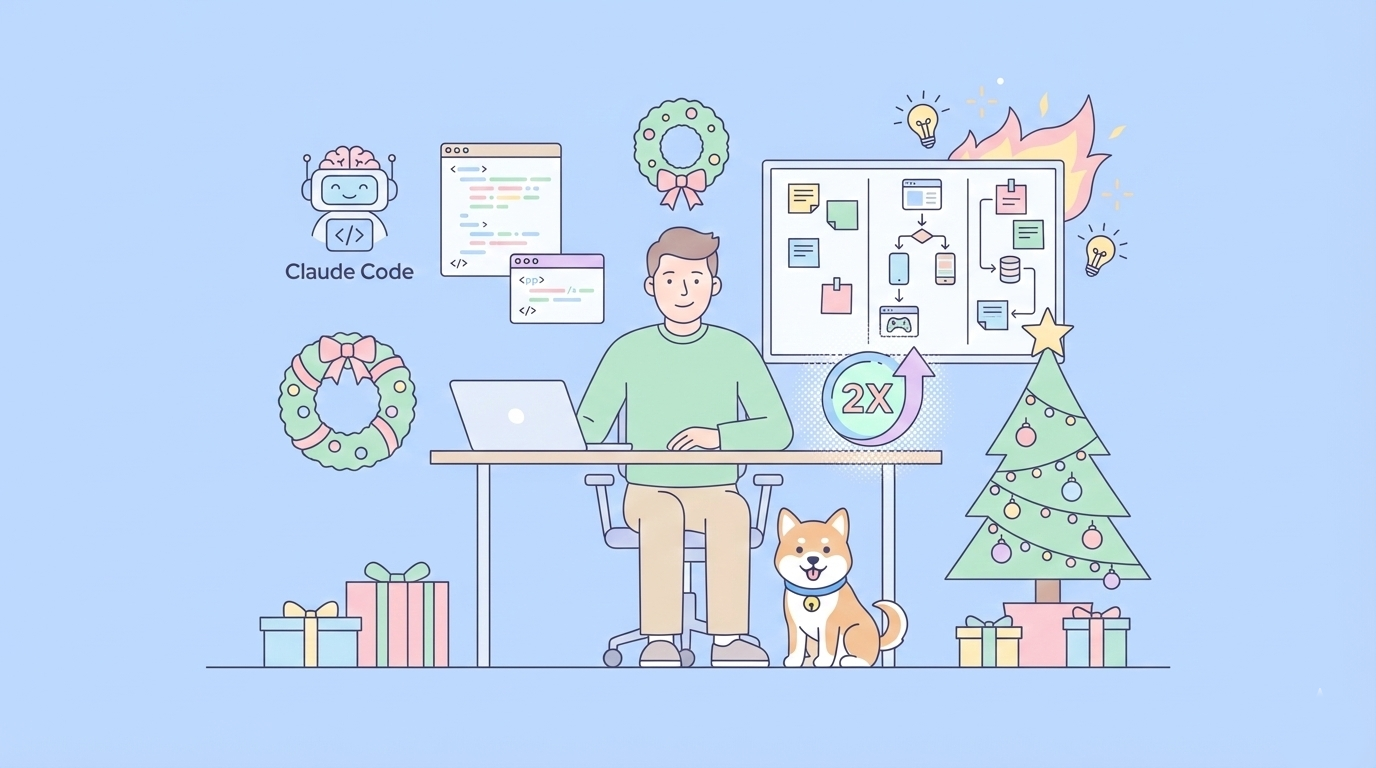In the fast-paced world of software development, speed and efficiency are paramount. Yet, teams consistently hit a frustrating roadblock: frontend developers are ready to build, but they're stuck waiting for backend APIs to be deployed. This dependency creates delays, stifles innovation, and complicates testing. The solution? A modern, robust API mocking strategy.
This comprehensive guide will delve into the world of API mocking, moving beyond simple canned responses to explore how advanced simulation can revolutionize your workflow. We will uncover how a state-of-the-art API mocking tool not only solves dependency issues but also enhances collaboration, improves testing, and ultimately helps you ship better products, faster.
What is API Mocking? A Game-Changer for Modern API Development
At its core, API mocking is the practice of creating a simulated, or "mock," version of a real API. This mock API behaves like the real thing, returning realistic data and responses, but it runs in a controlled environment without any backend logic or database dependencies. For front-end developers, this means they no longer have to wait for the back-end to be ready; they can start building and testing their applications against a reliable mock server immediately.
However, the concept has evolved significantly. There is a continuum from simple "mocking" to sophisticated "API simulation."
- Simple Mocking: This involves basic, static, or "canned" responses. It's perfect for initial development and simple "kick-the-tires" testing to ensure an API client can make a request and receive a structurally correct response.
- API Simulation: This is a more advanced form of mocking that involves dynamic data, stateful behavior, and complex business logic. A simulated API can mimic real-world scenarios, such as error conditions or varied responses based on the request input, making it indispensable for thorough QA and resilience testing.
A truly powerful API development tool must cater to this entire spectrum, offering solutions for both initial design and rigorous testing. By embracing mocking, teams can work in parallel, get earlier feedback, and catch integration issues long before they become costly problems.
The Undeniable Benefits of Using an API Mocking Tool
Indulging in a proper mocking workflow provides tangible benefits that ripple across the entire development lifecycle:
- Eliminate Dependencies: Frontend and backend teams can work in parallel, dramatically accelerating the development timeline.
- Early and Efficient Testing: Test every component in isolation before integration. You can simulate various scenarios, including edge cases and error states, without needing a fully deployed backend.
- Significant Cost Savings: Avoid costs associated with third-party API usage during development and testing phases. You can test your application's logic without making thousands of paid API calls.
- Enhanced Team Collaboration: A shared mock API serves as a single source of truth, ensuring that all team members—developers, testers, and even designers—are aligned on the API's behavior and data structures.
- Faster Debugging: Isolate issues with precision. When a test fails, you know the problem is in the client application, not the external dependency, which simplifies the debugging process.
Apidog: The Ultimate API Mocking Tool for High-Performance Teams
While many tools offer basic mocking, Apidog stands out as a comprehensive, all-in-one platform designed to handle the entire API lifecycle. Apidog transforms mocking from a tedious necessity into a seamless, powerful, and code-free experience. It was built to solve the exact frustrations developers face: manual data creation, complex server setup, and the inability to generate realistic, dynamic data without writing custom code.
Apidog is more than just an API mocking tool; it's a complete API development tool that integrates design, documentation, debugging, and testing into one unified workflow.

How Apidog Revolutionizes the API Mocking Workflow
Apidog provides a suite of intelligent mocking features that cater to every need, from simple local mocks to complex, collaborative cloud simulations.
- Smart Mocking: This is Apidog’s secret weapon for efficiency. Apidog automatically generates realistic mock data based on field names in your API definition. If a field is named
email, it generates a valid email address. If it'scity, you get a real city name. This happens instantly, with zero configuration. - Advanced Mocking with Conditional Logic: For more complex scenarios, Apidog’s Advanced Mock allows you to define conditional responses. You can return different data based on request parameters, headers, or body content, enabling you to simulate different states and error conditions with precision.
- Dynamic Data with Faker.js: Need more customized data? Apidog has built-in support for the entire Faker.js library. You can generate everything from usernames and avatars to product descriptions and lorem ipsum text, ensuring your UI looks and feels real.
- Local and Cloud Mocking: Apidog offers both local and cloud-based mock servers. Use the local mock for quick, offline development. Switch to the Cloud Mock for team collaboration, providing a centralized, shareable mock API that everyone can access from anywhere.
A Step-by-Step Guide: Mocking an API in Under a Minute with Apidog
Forget complex setups and manual data entry. With Apidog, you can have a fully functional mock API running in two simple steps, without writing a single line of code.
Step 1: Import Your API Definitions
Apidog seamlessly integrates with your existing workflow. Simply import your API documentation—Apidog supports OpenAPI (Swagger) and over ten other formats.
- Create a new project in Apidog.
- Navigate to Settings > Import Data and upload your API specification file.

Your APIs will instantly appear in the Apidog dashboard, ready for the next step.
Step 2: Get Your Mock URL and Start Building
Once your API is imported, Apidog automatically generates a mock server for it.
- Click on any endpoint in your API list.
- In the endpoint view, find the Mock section. A unique URL for your mock endpoint will be waiting for you.
- Copy the URL and use it directly in your frontend application or paste it into your browser to see the instant JSON response.

That's it! You now have a live, dynamic mock API that generates realistic data every time you call it. Refresh the browser, and you'll see new data automatically generated by Apidog's Smart Mock engine.

Conclusion
In the rapidly evolving world of software development, API mocking has transformed from a simple utility into a strategic imperative for efficient, high-quality product delivery. It eliminates bottlenecks, fosters parallel workflows, and enables more robust testing long before a single line of backend code is deployed. By moving beyond basic, static responses and embracing the power of advanced API simulation, teams can unlock unprecedented levels of productivity and collaboration.
Apidog stands at the forefront of this evolution, offering a comprehensive and intuitive API mocking tool that addresses the entire spectrum of development needs. From its code-free Smart Mock feature that generates realistic data in seconds to its Advanced Mock capabilities for simulating complex, stateful behavior, Apidog empowers teams to build with speed and confidence. As an all-in-one API development tool, it seamlessly integrates mocking with design, documentation, and testing, creating a unified workflow that is simply unmatched. If you are looking to accelerate your development cycles and build more reliable applications, Apidog is the definitive choice.



